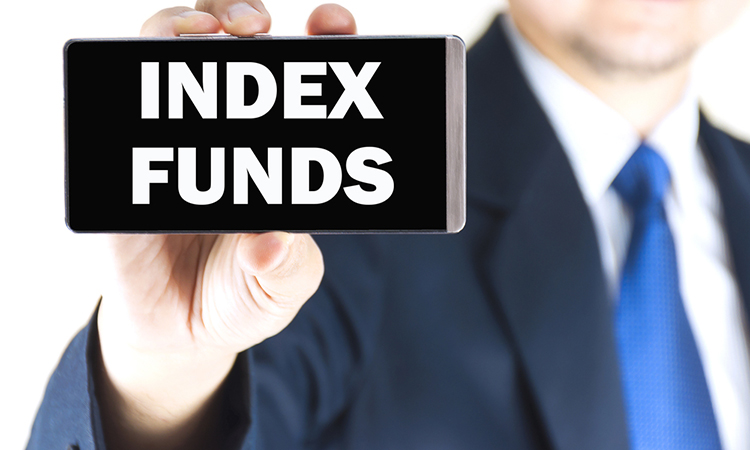How It Works When A Mutual Fund Becomes An ETF


A mutual fund that trades on a stock exchange like a common stock is called an exchange-traded fund, or ETF. ETFs can provide
- more flexible trading and disclosure,
- cheaper operating expenses than conventional open-end funds, and
- improved tax efficiency in retirement investments.
Typically, an ETF’s units are purchased and sold through a registered broker at a reputable stock exchange. An ETF’s units are listed on stock exchanges, and the NAV varies according to market conditions.
What is ETF?
A portfolio of investments, such as stocks or bonds, makes up an exchange-traded fund, or ETF. Exchange-traded funds (ETFs) enable you to make many simultaneous investments in assets, and they frequently have cheaper costs than other types of funds. Additionally, trading ETFs is simpler.
But ETFs aren’t a one-size-fits-all answer, just like any other financial instrument. Consider their merits, administration charges, commission fees, ease of purchase or sale, fit into your current portfolio, and investment quality.
How do ETFs work?
Exchange-traded funds function as follows: The fund manager creates a fund to monitor the performance of the underlying assets, holds those assets, and then sells shares of that fund to investors. Shareholders do not own an ETF’s underlying assets; instead, they own a portion of the fund. Nevertheless, shareholders of an ETF that tracks a stock index may receive lump sum dividend payments or reinvestments for the index’s constituent equities.
Benefits of ETF
Flexibility
Shares in conventional open-end mutual funds can only be traded once daily, following the close of the markets. The mutual fund business that issues the shares is where all trading occurs.
Before knowing the price they paid for new shares when purchasing them that day and the price they would receive for shares they sold that day, investors must wait until the conclusion of the day when the fund’s NAV or Net Value Asset is released. For most long-term investors, once-per-day trading is adequate, but some prefer more freedom.
Lower Costs
Operating expenses are a part of all managed funds, regardless of form. These costs include the costs for distribution, administration, marketing, custody, and portfolio management. In the past, costs have been a major factor in predicting profitability. Generally speaking, the investment price is lower the higher the fund’s predicted return is.
Tax Benefits
Compared to mutual funds, ETFs have two important tax advantages. Due to structural variations, mutual funds frequently have higher capital gains taxes than ETFs. Additionally, an ETF only has to pay capital gains tax when the seller invests the ETF, as opposed to mutual funds, which pass capital gains to investors during the investment. In a nutshell, ETFs offer lower capital gains and only require payment upon selling.
Risk Management
Investors lacking the necessary expertise in specific styles, sectors, industries, or nations may swiftly seek to diversify their portfolios. Given the extensive range of sector, style, industry, and country classifications available, ETF shares may be able to provide an investor with straightforward exposure to a chosen specifically market segment.
Nowadays, almost every significant commodity, asset class, and currency in the world trade ETFs. Innovative new ETF structures also represent a specific trading or investment approach.
In a nutshell
The primary distinction between an ETF and a mutual fund is intraday liquidity. So the ETF might be a better option if the capability to trade like its stock is a key factor for you.
Despite having somewhat distinct constructions, mutual funds and ETFs that otherwise adopt the same strategy or follow the same index are not always riskier than one another. Instead of the investment’s structure, a fund’s underlying holdings determine how risky it is in major part.





